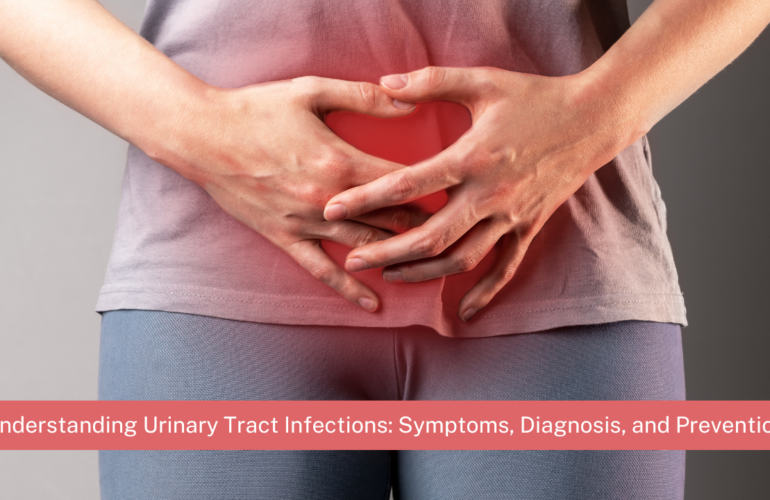Dialysis is a medical treatment that is used to help people with kidney failure. When the kidneys are no longer able to filter waste products from the blood, dialysis can help remove those toxins from the body. In this blog post, we will explore the different types of dialysis, the process of dialysis, and what to expect during and after treatment.
Types of Dialysis:
There are two main types of dialysis: hemodialysis and peritoneal dialysis.
- Hemodialysis: In hemodialysis, the blood is removed from the body and filtered through a machine called a dialyzer. The dialyzer uses a semipermeable membrane to remove waste products and excess fluid from the blood. The cleaned blood is then returned to the body through a vein or artery.
- Peritoneal Dialysis: In peritoneal dialysis, a special fluid is introduced into the abdomen through a catheter. The lining of the abdomen, called the peritoneum, acts as a filter to remove waste products and excess fluid from the blood. After a period of time, the fluid is drained from the abdomen and replaced with fresh fluid.
Process of Dialysis: The process of dialysis can vary depending on the type of dialysis being performed. However, both hemodialysis and peritoneal dialysis are typically done on a regular basis, usually several times a week.
During hemodialysis, the patient is connected to a dialysis machine through tubes that are inserted into the bloodstream. Blood is removed from the body and filtered through the dialyzer, which removes waste products and excess fluid. The cleaned blood is then returned to the body.
During peritoneal dialysis, the patient is given a special fluid called dialysate, which is introduced into the abdomen through a catheter. The dialysate stays in the abdomen for several hours, during which time it removes waste products and excess fluid from the blood. After a set period of time, the dialysate is drained from the abdomen and replaced with fresh fluid.
Dialysis patients may need to make lifestyle changes to accommodate it. Patients may need to adjust their diet, fluid intake, and medication schedule. They may also need to schedule their dialysis appointments around work and other commitments.
In conclusion, dialysis is a crucial treatment for people with kidney failure. It helps remove waste products and excess fluid from the body, improving overall health and quality of life. Although dialysis can be a challenging process, with proper support and care, patients can continue to live active and fulfilling lives.






